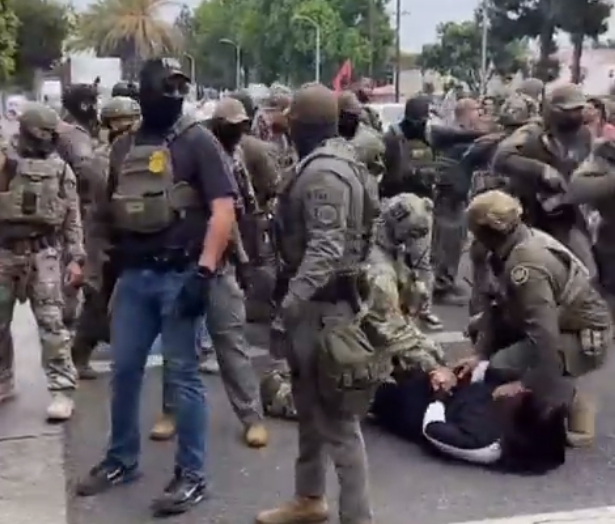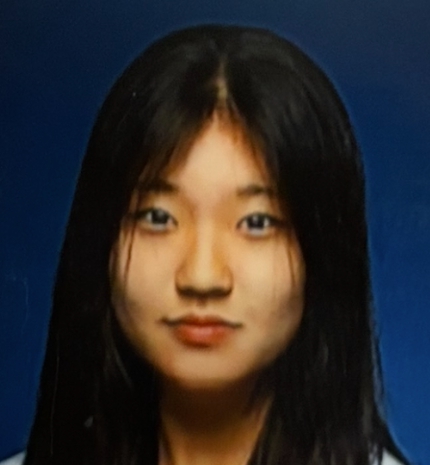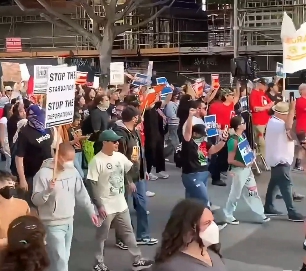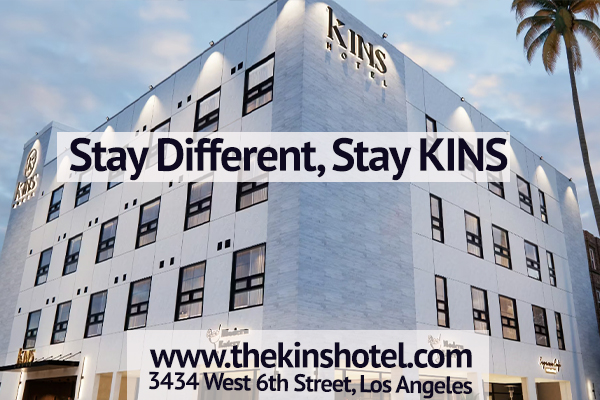
This story looks beyond the flames and protests to expose the deeper crisis—families torn apart, trust shattered, and a city left wounded by fear and silence. – Editor’s Note
Downtown Los Angeles was thrown into turmoil this weekend as protests against aggressive federal immigration enforcement escalated into widespread unrest. The city’s core, once bustling with commerce and movement, became the center of a volatile and deeply emotional conflict, one that continues to unfold with both visible destruction and invisible pain.
At the heart of the chaos is a single catalyst: the sudden and sweeping arrest of over 100 individuals by U.S. Immigration and Customs Enforcement (ICE). The raids targeted homes, workplaces, and neighborhoods across the city, focusing primarily on undocumented immigrants in areas like the Fashion District, Boyle Heights, and South Central.

A Human Crisis Begins
While the headlines have centered on the fires, the sirens, and the crowds, the deeper tragedy is unfolding behind closed doors. Families were torn apart with no warning. Parents vanished while walking their children to school. Workers never returned from their morning commutes. Homes were left half-lived in, laundry undone, and meals uneaten, because the people who kept them alive were suddenly gone.
Children, many of them U.S. citizens, are now living in limbo, unsure whether they will see their parents again. Elderly grandparents have been left without caretakers. Younger siblings are now caring for each other as best they can. Some families haven’t even been able to find out where their loved ones were taken. The bureaucratic maze of ICE detentions often makes it nearly impossible to track individuals once they’re transferred to out-of-state facilities.
Community centers and local nonprofits have been overwhelmed. Volunteers scramble to deliver groceries, connect families with immigration lawyers, and simply provide a safe place to rest. But for many, safety feels out of reach. The fear of another raid, or of retaliation for speaking out, has forced entire neighborhoods into silence.
Protests Erupt, Then Ignite
As news of the detentions spread through social media and community networks, public outrage grew rapidly. By late Friday afternoon, thousands had gathered in downtown Los Angeles, demanding accountability and the release of those taken. The protest began peacefully. Marchers carried banners and signs, surrounded by families, teachers, faith leaders, and students.
But by nightfall, the mood had changed. The tension between protesters and police escalated when officers in riot gear blocked off key streets and issued dispersal orders. As crowds pushed
forward, clashes broke out. Tear gas and rubber bullets were deployed. Some demonstrators began throwing debris. Fires were lit in trash bins and alleyways. Several vehicles, including a self-driving car operated by Waymo, were torched.
The unrest spread across multiple blocks, with graffiti scrawled on government buildings and businesses looted in the chaos. A portion of the 101 Freeway was temporarily shut down as protesters occupied lanes, chanting slogans and demanding justice. By Saturday night, the protests had reached a scale that overwhelmed local authorities.

Militarization of the Response
In response to the scale of the unrest, President Trump invoked emergency powers, federalizing a portion of California’s National Guard and deploying active-duty Marines to assist with “restoring order.” Military vehicles rolled into the city by early Sunday morning, with federal officers taking control of key intersections and government properties.
Checkpoints were set up near City Hall, and a curfew was imposed over a wide swath of downtown. Surveillance drones circled overhead. What began as an act of civil protest quickly turned into what many are calling a militarized occupation.
State and city officials condemned the deployment, calling it unnecessary and dangerous. Tensions between the federal government and California leadership have reached a breaking point, with Governor Gavin Newsom filing a lawsuit to challenge the legality of the federal intervention.
But for the people on the ground, legal battles in courtrooms feel far away from the immediate, tangible fear that now grips daily life.
A City Divided and Devastated
Downtown Los Angeles remains a patchwork of shattered glass, scorched pavement, and heavy surveillance. Storefronts are boarded up. Streets that once echoed with music, vendors, and life now sit under military patrol. Yet, the damage that matters most is not what can be seen.
Entire families have been destabilized. Children are dealing with trauma far beyond their years. Schools have reported unusual absences and rising anxiety among students. Local clinics are seeing an increase in stress-related illness and mental health crises. Community organizers say this is just the beginning of a longer, deeper unraveling.
The sense of trust in public institutions, already strained in immigrant communities, is rapidly eroding. People fear calling 911, visiting the doctor, or even walking to the store. There’s a growing belief that protection is not for them, that systems are built to punish, not protect.
The Bigger Picture
What is unfolding in Los Angeles is not an isolated incident, but a reflection of larger national tensions around immigration, federal authority, and human rights. The city has become a flashpoint, a test case for how far a government will go to enforce immigration policy, and how communities will respond when pushed to the edge.
This moment forces a reckoning. It demands that Americans look beyond the headlines of violence and see the underlying story: a system that prioritizes control over compassion, and security over humanity.
The protests may calm. The fires may be extinguished. But for the families now living with an empty seat at the table and an open wound in their home, this crisis is far from over.
<Esther Hong Student Reporter> LACES ehong0006@mymail.lausd.net







